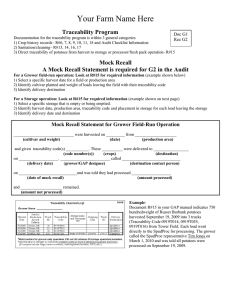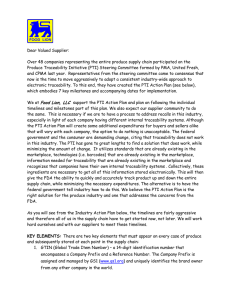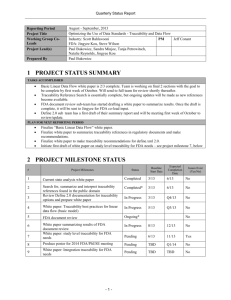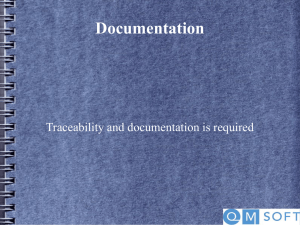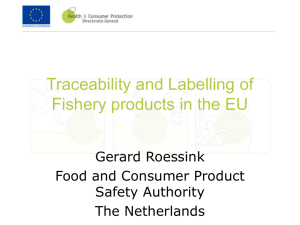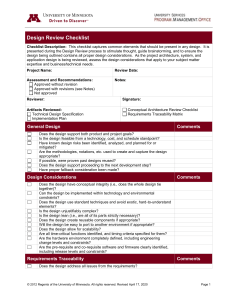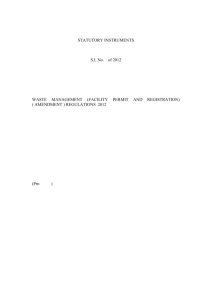Traceability continues to be a hot topic within the produce industry
advertisement
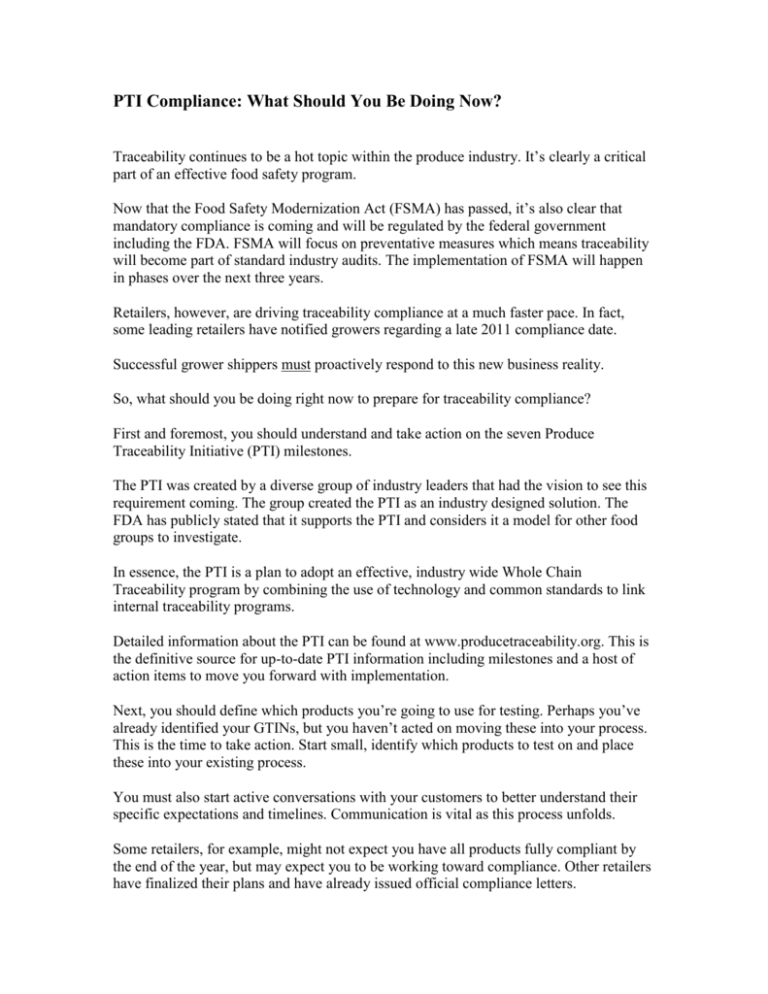
PTI Compliance: What Should You Be Doing Now? Traceability continues to be a hot topic within the produce industry. It’s clearly a critical part of an effective food safety program. Now that the Food Safety Modernization Act (FSMA) has passed, it’s also clear that mandatory compliance is coming and will be regulated by the federal government including the FDA. FSMA will focus on preventative measures which means traceability will become part of standard industry audits. The implementation of FSMA will happen in phases over the next three years. Retailers, however, are driving traceability compliance at a much faster pace. In fact, some leading retailers have notified growers regarding a late 2011 compliance date. Successful grower shippers must proactively respond to this new business reality. So, what should you be doing right now to prepare for traceability compliance? First and foremost, you should understand and take action on the seven Produce Traceability Initiative (PTI) milestones. The PTI was created by a diverse group of industry leaders that had the vision to see this requirement coming. The group created the PTI as an industry designed solution. The FDA has publicly stated that it supports the PTI and considers it a model for other food groups to investigate. In essence, the PTI is a plan to adopt an effective, industry wide Whole Chain Traceability program by combining the use of technology and common standards to link internal traceability programs. Detailed information about the PTI can be found at www.producetraceability.org. This is the definitive source for up-to-date PTI information including milestones and a host of action items to move you forward with implementation. Next, you should define which products you’re going to use for testing. Perhaps you’ve already identified your GTINs, but you haven’t acted on moving these into your process. This is the time to take action. Start small, identify which products to test on and place these into your existing process. You must also start active conversations with your customers to better understand their specific expectations and timelines. Communication is vital as this process unfolds. Some retailers, for example, might not expect you have all products fully compliant by the end of the year, but may expect you to be working toward compliance. Other retailers have finalized their plans and have already issued official compliance letters. It’s also an excellent idea to communicate with your peers about their process and experience. You can gain a tremendous amount of insight from talking to operators who have already made progress toward compliance. Another important step is to identify and talk with your traceability vendors. They can help you scope out your needs and gain a better understanding as to what the process will mean to your operation in terms of implementation, budget and timing. Finally, stay connected to trade associations like the PMA and United Fresh. Participate in industry events and attend trade shows to help you stay current on food safety and traceability best practices. And, remember to monitor the official Produce Traceability Initiative website (www.producetraceability.org). As best practices are approved, they will be published and shared via this website. Food safety regulation will remain a highly visible issue as both retailers and consumers demand more information and strong prevention efforts. Traceability is a critical part of an effective food safety system and is here to stay. Now is the time to move forward with a compliance plan for your operation.

